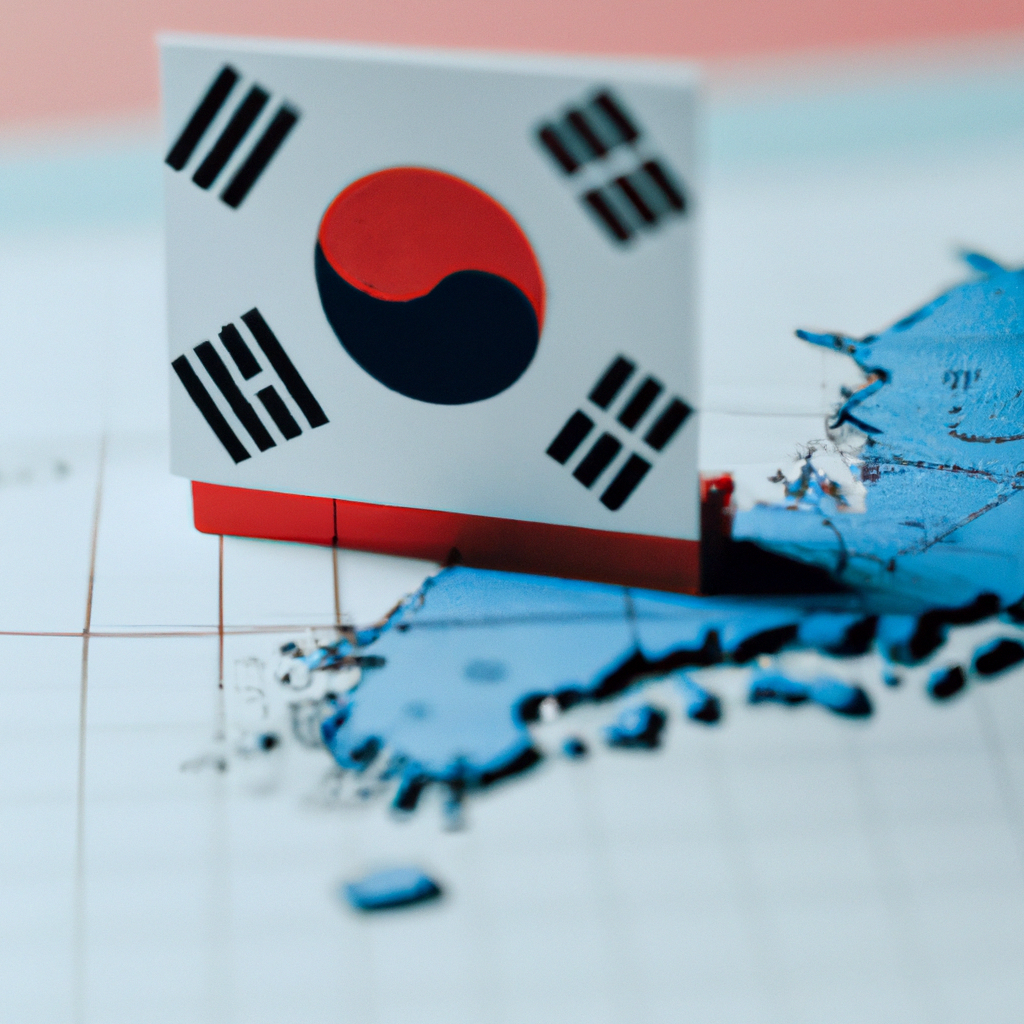How can I experience Korean tea culture?
Post ByAdequate Travel
Summary
Korea is known for its vibrant and unique tea culture, with teahouses scattered around the country. If you are looking to explore and experience Korean tea culture, read on to learn about the different types of teas, traditional tea ceremonies, unique teaware, and more! Keep in mind that travel guidelines and travel rules may change anytime, so regularly check for updates to ensure a hassle-free and memorable travel experience.1. Visit a Traditional Tea House
One of the best ways to immerse yourself in Korean tea culture is by visiting a traditional tea house or "chatjip". These establishments not only offer a wide variety of teas but also provide a tranquil setting where you can relax and enjoy the experience.
2. Participate in Tea Ceremonies
To truly experience the essence of Korean tea culture, consider participating in a tea ceremony. These ceremonies are often held in cultural centers or private tea houses and involve a series of rituals focused on preparing and serving tea. Through the guidance of a knowledgeable tea master, you will learn about the proper techniques and etiquette associated with Korean tea culture.
3. Enjoy Korean Tea Varieties
Korea is known for its diverse tea varieties, each with its own distinct flavor and health benefits. Some popular Korean teas include:
- Green Tea (Nokcha): Known for its grassy flavor and a vibrant green color, green tea is widely consumed and enjoyed in Korea.
- Barley Tea (Bori-cha): A caffeine-free tea made from roasted barley, often served cold as a refreshing summer beverage.
- Lotus Leaf Tea (Yeonnip-cha): Made from the dried leaves of the lotus plant, this tea has a slightly sweet taste and is believed to aid digestion.
- Chrysanthemum Tea (Gukhwa-cha): With its floral aroma and delicate flavor, chrysanthemum tea is often consumed for its calming properties.
4. Learn Tea Etiquette
Korean tea culture has its own set of customs and etiquette that add to the overall experience. Here are a few key points to keep in mind:
- Bowing: Before and after receiving tea, it is customary to bow slightly as a sign of respect.
- Using Both Hands: When receiving or offering a tea cup, use both hands as a sign of politeness.
- Proper Seating: Traditionally, the host sits opposite the entrance, while guests are seated facing the host.
- Silence and Appreciation: During a tea ceremony, maintain a quiet and respectful atmosphere to fully savor the tea and appreciate the surroundings.
5. Attend Tea Festivals
Korea is known for hosting various tea festivals throughout the year, which offer a great opportunity to experience the country's tea culture. These festivals often showcase tea ceremonies, tea tastings, cultural performances, and the chance to purchase different teas and tea-related products.
By engaging in these activities, you can fully immerse yourself in the rich and captivating world of Korean tea culture.Before embarking on your journey to south-korea, make sure to check the latest travel guidelines and entry requirements to ensure a smooth trip







